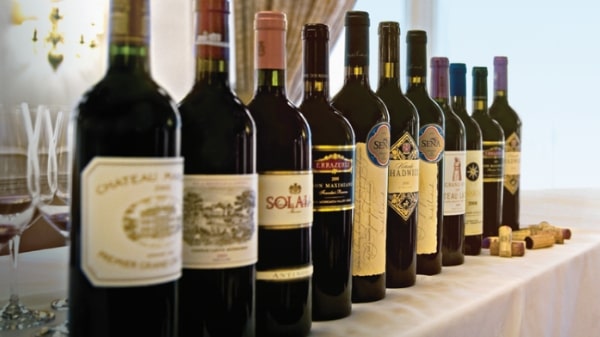While the 16th-century annexation of Chile by the Spanish Conquistadors was a period characterised by savage brutality and germ-born genocide, it was rather a good time to be an aspirant winemaker. After all, it was these sundry cutthroats and the barely better-behaved missionaries who established the country’s first vineyards in the mid-1500s, laying the foundation for today’s many high-end Chilean wines.

Any cursory topographical travail of the Andean landscape – the mountainous region that extends across much of western Latin America – will show, however, that the local terroir seems all but inimical to viticulture. Appearances, of course, can be deceptive, and the region’s unique geography actually featured a combination of soil, sunlight, temperature and humidity that allowed grapes to be nurtured to a world-class standard. On top of that, it actually transpired, several centuries later, that the area’s geographic advantages saw it immune to phylloxera, the vineyard blight that brought the global wine industry to its knees at the close of the 19th century.

It is this pestilential insect, though, that the Chilean wine industry owes a huge debt to. Had it not wreaked havoc across the vineyards of Europe, the resultantly unemployed winemakers would never have brought their knowledge, techniques and varietals to transform Chile’s fledgling winemaking industry.
Despite being gifted such talents, political instability and a lack of domestic demand meant it was another 100 years before the industry started to fulfil its potential. From the ’80s on, though, buoyed by robust overseas investment and led by an innovative new generation of wine producers, Chile has inexorably risen to become the world’s sixth-largest wine-producing nation. In 2018, its output topped 12.9 million hectolitres, a massive 35.9 percent year-on-year rise.

The fact that there is demand for such a huge volume is testament enough to the global appetite for Chilean wines. Despite this, admission into the upper echelons of the high-end international wine market – long dominated by the likes of Bordeaux, Burgundy and Tuscany – long eluded Chilean vintners.
In part, this was down to the fact that, until 30 years ago, Chilean wine was a wholly domestic phenomenon, with few bottles ever leaving its shores. Arguably a bigger problem, though, was the reluctance of many of the leading experts in the field to ever visit this most remote of wine-producing nations.

Fortunately, one particular vineyard – Seña – took it upon itself to change all that. Launched in 1995 as a partnership between Robert Mondavi, a famed Californian wine guru, and Eduardo Chadwick, a member of a well-established winery dynasty, it built its reputation on the quality of its Bordeaux-style Cabernet Sauvignons, its Carmeneres (Chile’s most iconic grape varietal) and its Merlots.
In a bid to boost the profile of high-end Chilean wines in general and Seña in particular, Chadwick resolved to bring their undoubted quality to the attention of the world wine community in a way it would never forget. Accordingly, in January 2004, he staged an exclusive blind tasting event, which saw 36 of Europe’s foremost wine experts faced with samples of 16 different anonymised wines. While half of them were prime examples of such old-world favourites as Lafite, Latour and Margaux, the remainder represented the very best on offer from Chile.

In an outcome that surely exceeded Chadwick’s most optimistic expectations, the two highest rated wines were both from Chile, with the Viñedo Chadwick 2000 taking the number one slot and the Seña 2001 not far behind it. All told, six of the 10 top choices were Chilean.
This blind-tasting event was restaged in 19 different locations over the next eight years, with each iteration featuring a new selection of wines. In every instance, Chilean wines dominated the top slots. As a result, these vinicultural underdogs have been grudgingly admitted to the premier league of wine-producing nations, with their finest offerings now a staple on the carefully-curated wine lists of many Michelin-starred restaurants.
Text: Tenzing Thondup
Photos: Seña



